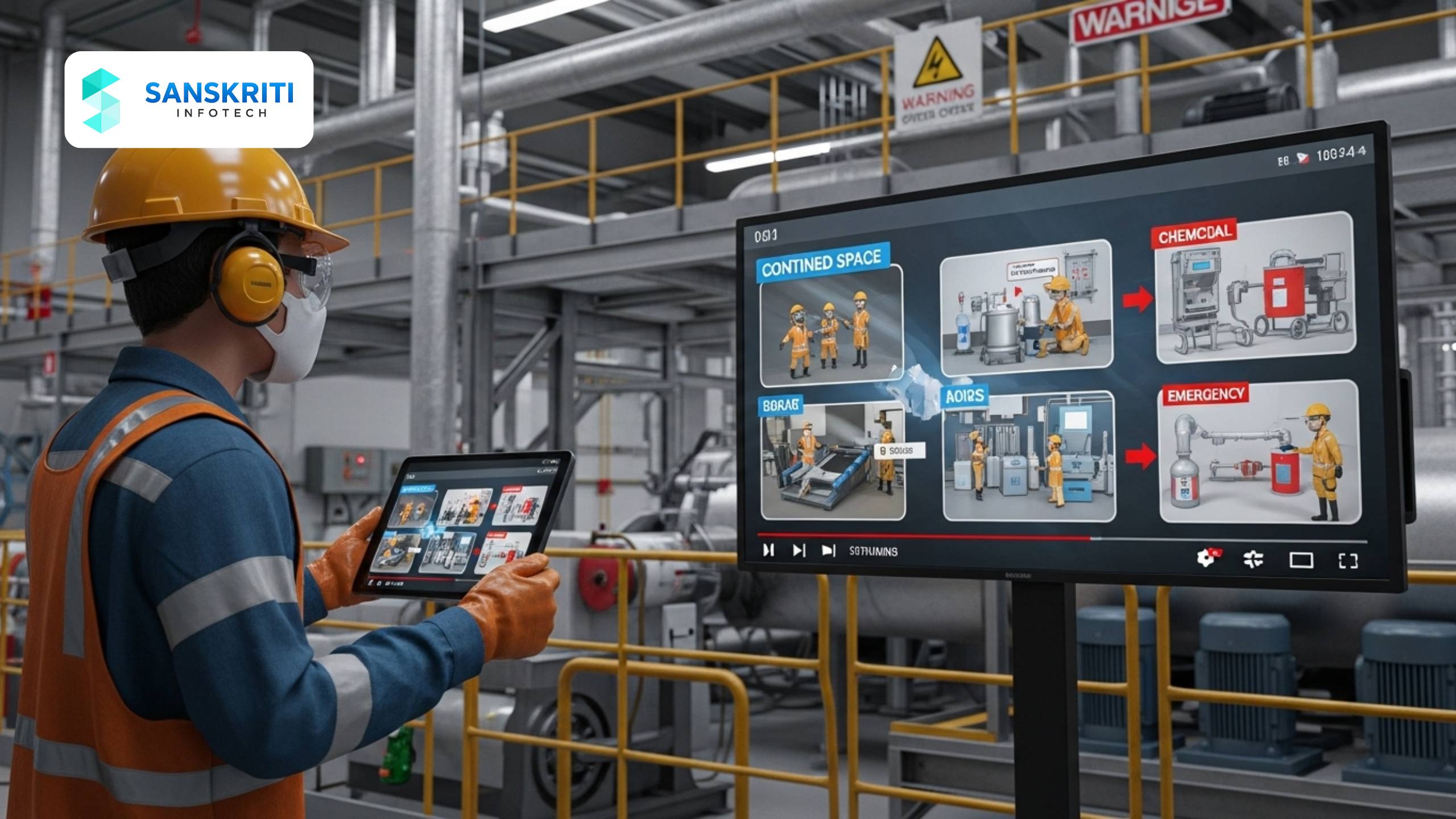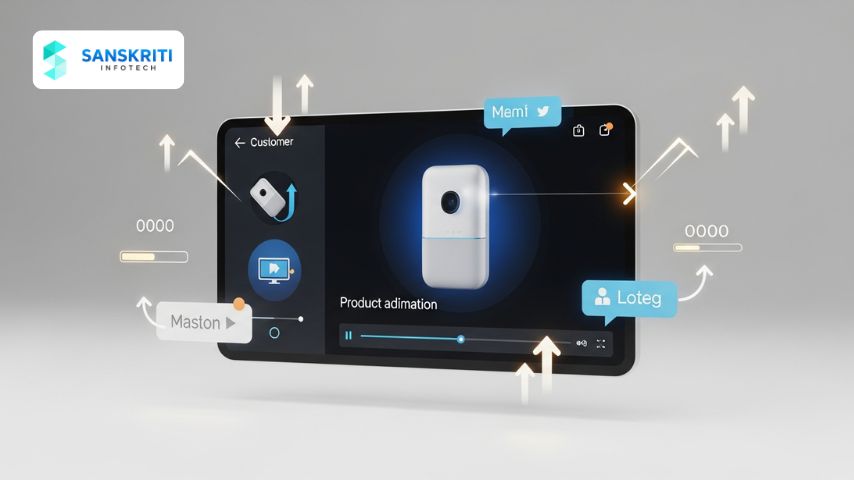Table of Contents
Introduction
Hazardous environment training is a critical component of safety management in manufacturing industries. From chemical exposure and high-voltage equipment to flammable substances and heavy machinery, manufacturing plants are home to multiple risks. Traditional training methods—such as manuals, classroom sessions, or verbal briefings—often fail to simulate the dangers realistically or effectively capture workers’ attention.
This is where 3D animation training becomes a game-changer. By visually simulating high-risk scenarios in controlled environments, 3D-animated training allows employees to fully understand the dangers they might face and respond appropriately. In this blog, we explore how 3D animation elevates hazardous environment training and how your manufacturing facility can benefit.
Understanding Hazardous Environments in Manufacturing
- – Exposure to chemicals, fumes, and reactive substances
- – Moving machinery and conveyor belts
- – High-temperature or high-pressure processes
- – Confined spaces and noise-heavy zones
- – Elevated workspaces and electrical systems
The Limitations of Traditional Safety Training
- – Difficult to simulate hazardous situations without risking safety
- – Text-heavy SOPs often go unread or misunderstood
- – Live training can be costly and limited by trainer availability
- – Difficult to maintain consistency across multiple shifts or locations
Advantages of 3D Animation in Hazardous Environment Training
- – Safe Simulations: Trainees can visually experience accidents and emergency procedures without real-world risk
- – Realistic Detail: Accurate representation of site layout, PPE usage, equipment operation
- – Customization: Tailored to specific zones, hazards, or job roles within the facility
- – Repeatable & On-Demand: Employees can review at their own pace and revisit key topics as needed
- – Language Neutrality: Visual storytelling minimizes reliance on language and literacy
Case Study: Chemical Mixing Plant Training
- – A multinational chemical manufacturer used a 3D-animated training module to simulate hazardous situations during mixing and transfer of corrosive materials.
- – Included scenes:
- – – PPE violation consequences
- – – Proper spill control and neutralization
- – – Emergency eyewash station procedures
- – Outcomes:
- – – 45% drop in chemical spill incidents over 6 months
- – – 60% improvement in SOP test scores
- – – Increased employee confidence and compliance
Topics That Work Best in 3D Training
- – Lockout/Tagout procedures
- – Hazard identification and risk assessment
- – Chemical handling and storage
- – Fire safety and evacuation
- – Machine guarding
- – Electrical hazard awareness
Ideal Applications
- – Chemical manufacturing
- – Automotive parts production
- – Pharmaceuticals
- – Food and beverage plants
- – Steel and heavy metal industries
Conclusion
Hazardous environments require more than a checklist approach—they demand visual awareness, hands-on simulation, and memorable learning experiences. 3D animation training addresses these needs by offering safe, repeatable, and engaging simulations that prepare your workforce for high-risk tasks. The result? Fewer accidents, faster learning, and stronger compliance.
At Sanskriti Infotech, we create tailored 3D hazardous environment training videos that bring your SOPs to life.
📞 Get in touch today to future-proof your safety training.






